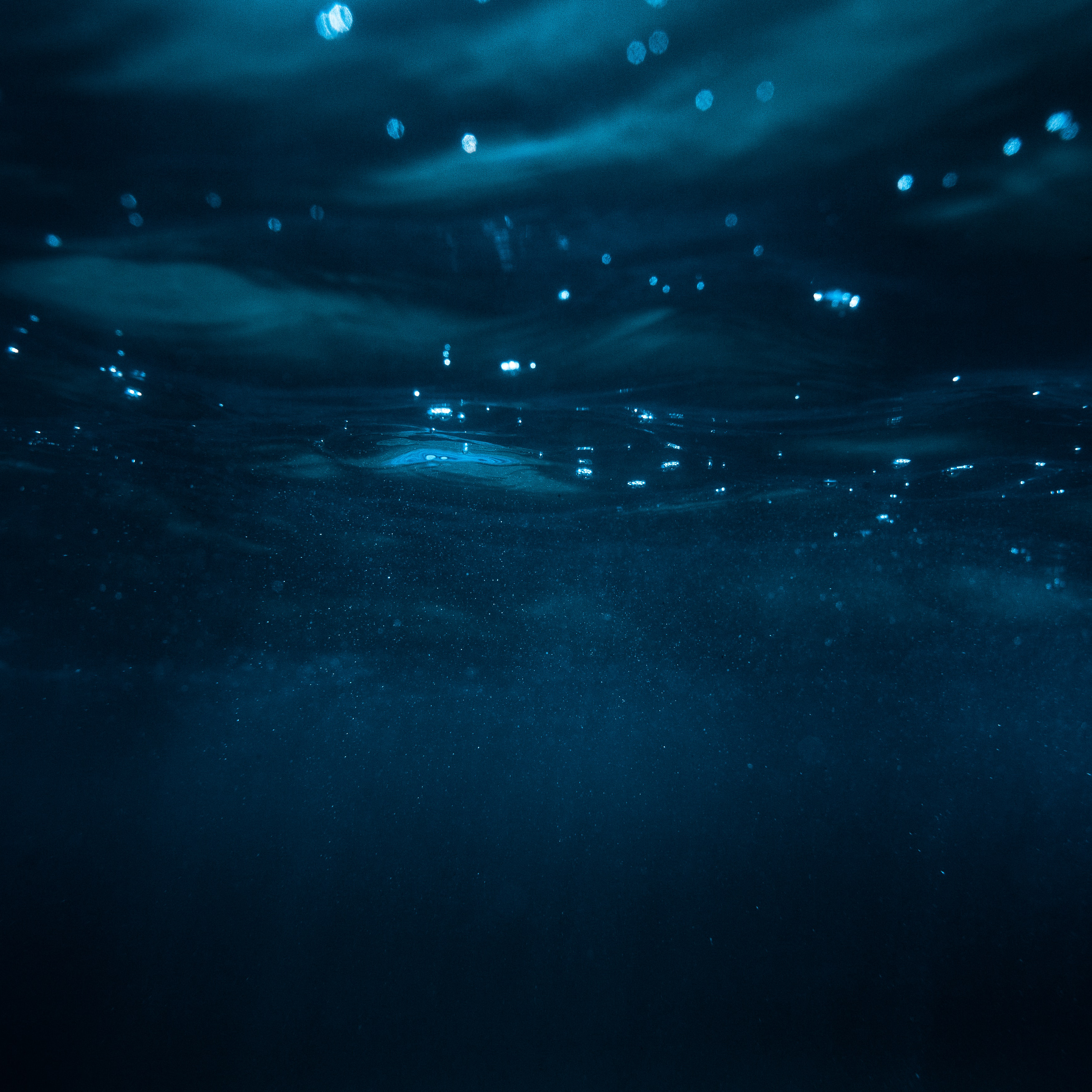Microplastics are rarely visible to the naked eye, but they’re all around us – in our water, our food, our oceans and the air we breathe.
Plastic fibres break up once in landfills due to their exposure from the sun and heat, and while this may sound good, this doesn’t mean they disappear -far from it. Instead, the plastic breaks up into microscopic plastic particles, spreading far and wide, littering our land, air and sea. They’re known travellers, quickly reaching vastly inaccessible locations such as Antarctica, the Mariana Trench (the world’s deepest ocean trench), and the Italian Alps.
There are two types of microplastics
1. Primary microplastics
These plastics are from tiny origins, such as microbeads in facial cleansers or clothes made of synthetic fabrics. Because most wastewater treatment systems can’t capture these small plastic fragments, they can easily end up in our oceans and water supply.
2. Secondary microplastics
These plastics are formed by the breakup of larger plastics, such as food containers, toys and furniture. Over time, these items break down into smaller and smaller parts due to physical, biological and chemical forces.
How does this happen?
Unfortunately, studies have found that we are in a sea of microplastic, making consuming them daily an easy feat. Potentially the most notorious single-use plastic, the plastic bottle, is where researchers have found we drink in our most microplastics. When you purchase a plastic water bottle, you are doing so under a facade of a high-quality product, when in fact, it is riddled with microscopic plastic fragments. Not only that, plastic food containers are efficient culprits for releasing microplastics. Scientists in Ireland found that microwaving food in a plastic container released hundreds of specks of microplastics into the hot water - most shockingly, kettles and baby bottles do the same.
The University of Newcastle in Australia and WWF teamed up to calculate the average microplastics we consume every week. The study found that we are probably eating around 5 grams of plastic a week – about the weight of a credit card. It also suggested we’re ingesting around 100,000 microplastics annually, which is approximately 250 grams a year.
What we don’t know yet are the health ramifications of this - though we can take an educated guess that it isn’t good. Scientists have only just started studying the potential impacts microplastics have on our health.
What do microplastics do to the environment?
In short, we don’t know the full extent of its impacts on wildlife - but early research has shown it’s not looking good. As one would expect, plastic (no matter how small) is incredibly damaging to the natural world. Environmental scientist Alicia Mateos-Cárdenas says, “It is believed that the negative impacts of plastics increase as particle size decreases”.
We know that for plankton, fish, whales and other marine species, microplastics can look a lot like food and often don’t pass through their systems. Studies so far have found that ingestion can impact reproductive systems, stunt growth, cause tissue inflammation and liver damage, and suppress appetite ( an example of this is the sperm whale that washed up on a Scottish beach with a stomach full of plastic).
Most shockingly, recent studies found that plants suck microplastics up through their roots, travelling through the plants to the parts we eat. In Italy, the University of Catania published research that found microplastics in produce from both supermarkets and local produce sellers. Researchers took samples of carrots, lettuce, broccoli, potatoes, apples, and pears, showing for the first time the presence of these tiny pieces of plastic in fruits and vegetables that we eat.
Each study tells us that microplastics are everywhere, and additional research must be done - but even now, it’s clear they do impact ecosystems from the bottom of the ocean to our food crops. And while we don’t know what the long-term health impacts will be, plastic contains harmful chemicals, and that is something we simply do not want floating around.

Share:
Worried you've been greenwashed? Greenwashing guide for parents!
COVID-19 and Kids